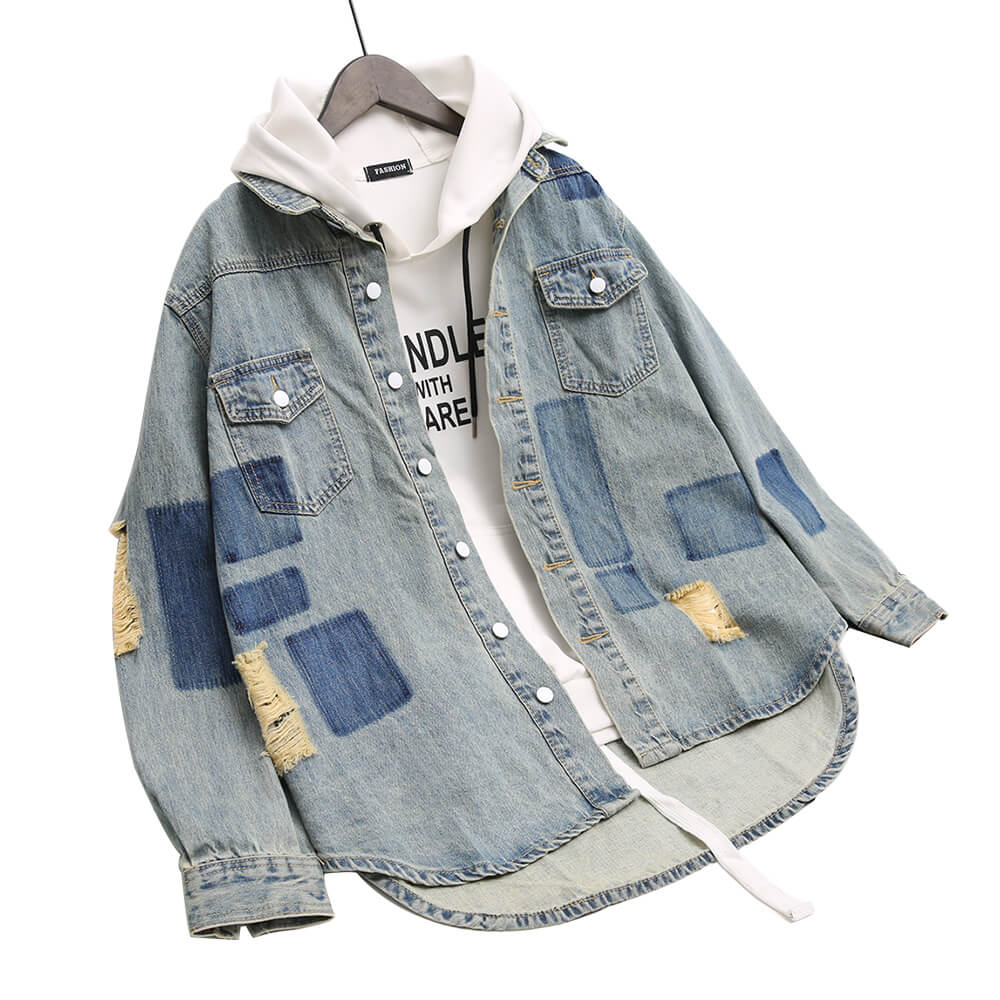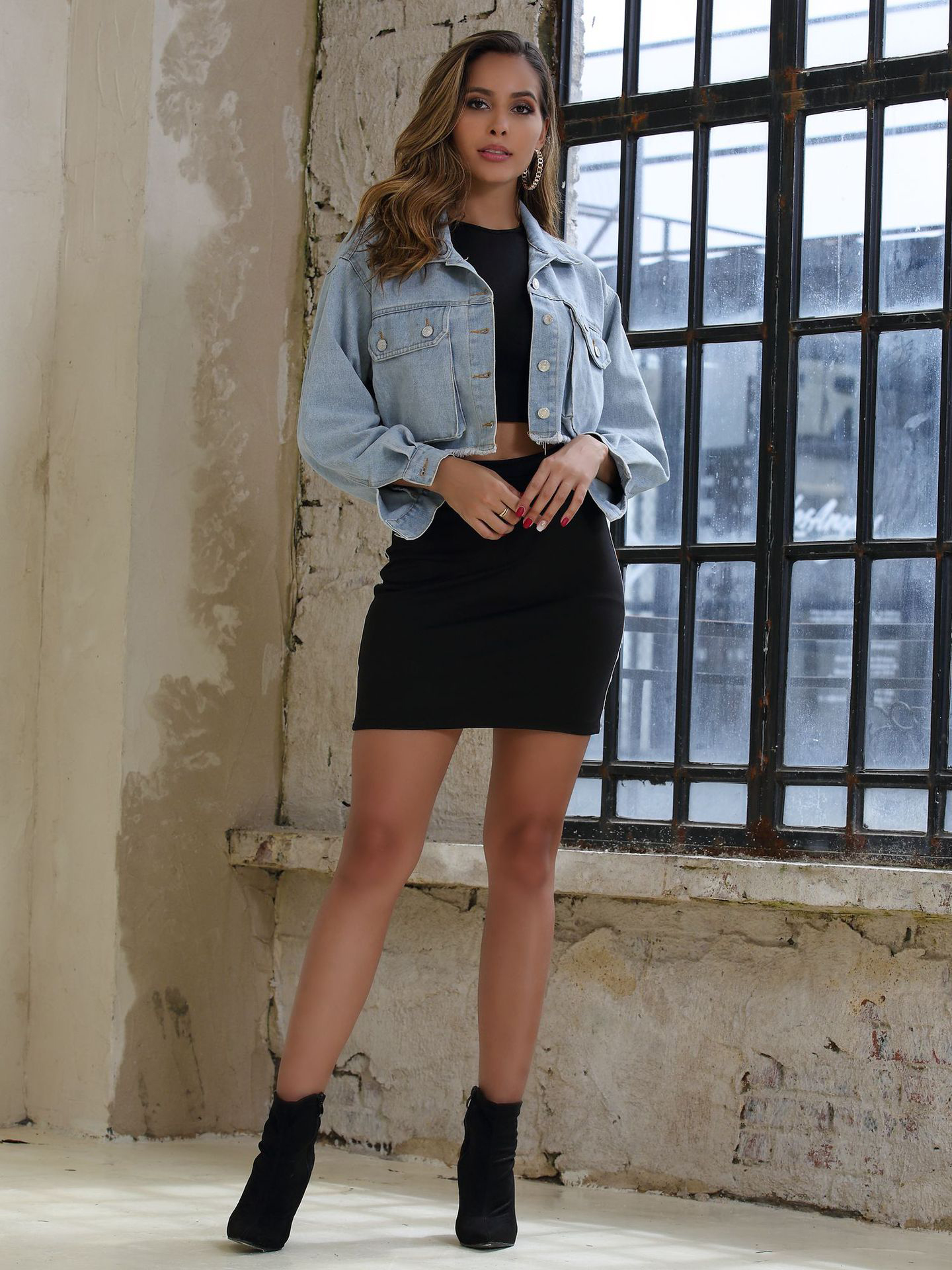Have you heard of Lady Bullseye?
She’s got a really twisted character and has a really fascinating history—inspired as much by [manga and Japanese film character] Lady Snowblood as Bullseye,’ Brubaker shares. ‘It’s explained in the first issue why she’s chosen that name. It ties into her origin. I like to play with people’s expectations sometimes, and when someone hears ‘Lady Bullseye’ they think of a very specific story. Hopefully the story we’re telling completely subverts that.’
So, you know, in Daredevil #111 it turns out she’s a crazy sexy ninja assassin (a very thorough summary, with pages, is here). This is actually exactly what I thought when I first heard ‘Lady Bullseye’, familiar as I am with Bullseye (crazy assassin) and the Dragon Lady stereotype (sexy ninja). Maybe the subversion lies in leading me to think, ‘Phew! I guess that’s not going to happen!’?
But what, Karen, you ask, is her motivation? Well, it turns out that as a girl she was kept as a yakuza sex slave and driven ‘nearly insane’ by rape. (Quote: ‘Tortured. Used. Broken.’) Until Bullseye happened by on a job and inadvertently inspired her to fight back, wherein she escaped and ripped out an armed sex slaver’s throat with some keys. All she needed, y’see, was inspiration.
According to interviews, Brubaker tossed the idea for Lady Bullseye around with editor Warren Simons and Marvel Editor-in-Chief Joe Quesada. These are intelligent men with years of experience in comics, and I cannot easily ascertain how they could possibly have arrived at this character concept without once pausing to realize how closely it resembled something assembled from a Make Your Own Sexist Stereotype Kit.
So I have very thoughtfully made it all up.
Scene: Marvel Bull-Pen.
Joe: Guys, we need more strong female characters! That is what the people want! So, let’s come up with a strong female character for Daredevil.
Ed: Hear hear!
Warren: Wait, strong as in…?
Joe: Strong as in strong, you know. Strong female characters. Everyone loves them.
Warren: Well, there are lots of ways for characters to be ‘strong’. They could be more than normally courageous, or be very capable in crises, or possess a sharp sense of humour, or be physically adept, or-
Ed: Physically! That one.
Warren: It’s just that a lot of people use ‘strong female character’ as a way of saying ‘a female character’. It’s become a pretty meaningless descriptor. So I think it’s important to be specific about the qualities that make her actually strong.
Ed: Okay, so how about… She’s an assassin!
Warren: … I guess you’d have to be pretty strong to assassinate people!
Ed: Hey, the kids are into Japan, right? Manga is cool! I like manga! What if she was… a ninja assassin?
Warren: That’s very original and shocking!
Joe: A sexy ninja assassin!
Ed: A crazy sexy ninja assassin!
Joe: A crazy sexy ninja assassin with ties to the Hand!
Warren: Good point; she needs some sort of connection to the Daredevil mythos. She needs to be inspired by someone important in the Daredevil rogue’s gallery.
Ed: Possibly by another crazy assassin?
Joe: Some sort of crazy assassin who was extremely important to the Daredevil mythos with a connection to the Hand?
Ed: I’ve got it! How about Bullseye?
Joe: I like it! We could call her Bullseye Girl.
Warren: Bullseyette.
Ed: Bullseyina.
Joe: Bullseyelle.
Warren: Lady Bullseye!
Joe and Ed: Yes!
Ed: She needs something extra though. A dark secret, haunting her past. Some form of torment that drove her insane and made her the twisted psychopath she is today. She needs an origin story that totally subverts what the reader would first think when they hear ‘Lady Bullseye’.
Warren: Well, I’m stuck.
Ed: I know! If only I could think of something totally original. And shocking.
Joe: Guys! Guys! She’s a female character, right?
Ed and Warren: A strong female character.
Joe: So… I’m just throwing this out there as a wildly original and shocking stab in the dark… what if… the reason she’s a crazy psychopath is because… she was repeatedly RAPED?
stunned silence
Ed: Joe, you’re a genius. That is incredibly subversive.
Warren: I am so originally shocked right now.
Joe: Well, my work here is done! disappears in a puff of rainbow glitter
Exeunt, with Divers Alarums




